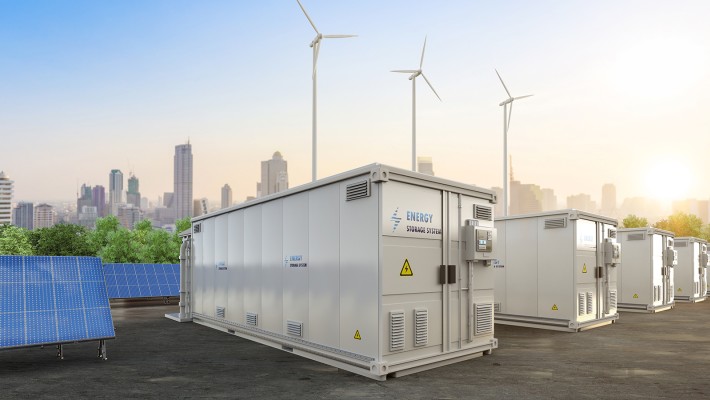Freight Forwarder Insights
Huin International Logistics Latest Articles
Fundamentals of Battery Energy Storage Systems BESS
Understanding Battery Energy Storage Systems (BESS)
A Battery Energy Storage System (BESS) primarily functions to capture energy from various sources and store it in rechargeable batteries for future use. Often integrated with renewable energy sources, BESS can accumulate energy during off-peak periods and deploy it during peak demand. This capability not only reduces costs but also provides financial advantages for the user. Additionally, BESS offers flexibility with grid connections, operating autonomously when the grid is unavailable.
Applications of Battery Energy Storage
- Renewables: Aligns the variable generation of solar and wind energy with periods of peak demand.
- Residential and Commercial: Reduces energy costs, enhances load management, and addresses demand peaks.
- Utility Distribution Grid: Mitigates demand fluctuations during peak hours and lessens grid strain.
- Industrial Loads: Offers backup power for critical operations, improves load management, and mitigates demand spikes.
- Electrification of Transportation: Eases grid demand and supports rapid DC charging without increasing demand charges.
Why Adopt Battery Energy Storage Now?
- Technology: Advancements in battery efficiency and storage duration, along with decentralized technologies, are facilitating a shift away from full grid dependence.
- Cost: Decreasing installation costs and savings from peak shaving have made BESS more economical. Moreover, the cost per kWh of battery systems continues to decline.
- Environmental: Federal environmental policies and tax incentives play a pivotal role in achieving net-zero clean energy targets, promoting the adoption of sustainable energy sources.
Core Components of Battery Energy Storage Systems
- Battery: The cornerstone of any electrical energy storage system.
- Battery Management System (BMS): Monitors and regulates the performance, system parameters, and potential hazards of the battery cells. The BMS collects data to ensure optimal charging levels, thereby extending the system’s lifecycle.
- Power Conversion/Conditioning System (PCS): Converts the direct current (DC) generated by the batteries into alternating current (AC) suitable for grid consumption. During off-peak times, the PCS stores energy from the grid in the BESS. Essentially, the PCS enables bi-directional power flow between DC and AC, ensuring efficient energy transfer.
For a comprehensive visual representation, a typical BESS includes components like batteries, a BMS, an inverter, control systems, and a transformer.
